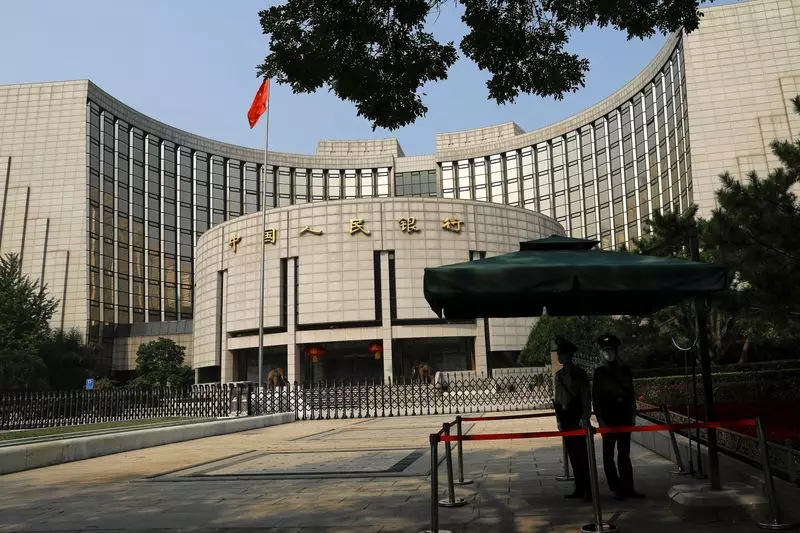In a pivotal moment for one of the world’s largest economies, China’s central bank, the People’s Bank of China (PBOC), has hinted at potential interest rate cuts by 2025. This shift reflects a broader move towards a more market-oriented economic framework, aiming to enhance the responsiveness of credit demand to monetary policy adjustments. As China navigates the complexities of its post-pandemic recovery, the implications of these changes warrant close examination.
Recent declarations from the PBOC have emphasized its commitment to transitioning away from rigid quantitative targets for loan growth, a system long characterized by state-driven lending. By prioritizing interest rate adjustments, the PBOC is indicating a newfound flexibility in managing monetary policy. This approach not only aligns with President Xi Jinping’s directive for high-quality economic development but also signals a crucial evolution in how China governs its financial systems.
Historically, the PBOC’s policies have been underpinned by a framework that favored quantitative measures. However, recent comments suggest a radical departure from this model, aiming instead to bolster the formation and transmission of a market-oriented interest rate structure. This transformation is a significant undertaking for the central bank, deemed an “arduous task” by policy advisors, as it necessitates overcoming entrenched practices and mindsets.
As anticipation builds regarding future monetary easing, current economic indicators reveal mixed signals. China’s 10-year and 30-year treasury yields have fallen to record lows, reflecting market expectations of impending adjustments to interest rates. The PBOC’s prevailing seven-day reverse repo rate, recently reduced from 1.7% to 1.5%, demonstrates the bank’s initial steps toward easing monetary conditions.
The urgency for such measures is underscored by the challenges facing China’s economy; high reliance on manufacturing and exports, combined with weak household consumption due to a severe property market crisis, has resulted in sluggish economic growth. Analysts believe that a robust overhaul of the monetary policy framework is essential, with greater reliance on capital markets for growth financing as part of this long-term vision.
Policy Shifts and Their Broader Implications
In a surprising move, the Politburo, China’s top decision-making body, recently adjusted its monetary stance from “prudent” to “appropriately loose,” signaling a willingness to adapt to changing economic conditions. This decision highlights an unprecedented response to the historical economic climate and reflects a willingness to embrace fiscal measures aimed at stimulating domestic demand.
China’s leadership is also preparing for increased trade tensions, especially with the United States, which could exacerbate existing economic vulnerabilities. Thus, the forthcoming interest rate guides are not merely technical adjustments; they carry significant political weight as the country braces for potential external shocks.
The PBOC’s assurance to cut interest rates “in a timely manner” and its intentions to lower capital reserve requirements for banks underscore a strategic imperative to promote lending and spur investment. This aligns with advisors’ recommendations for more aggressive fiscal stimulus as the government aims to mitigate waves of economic strain resulting from the pandemic and ongoing domestic challenges.
As China embarks on this crucial journey toward interest rate reform, the implications for both domestic and global markets are profound. By distancing itself from a historically state-directed lending system and adopting a more responsive monetary policy, China is not just reshaping its economic landscape but redefining its role in the global economy.
Nonetheless, while these developments present unique opportunities for revitalization, they are fraught with risks, especially in a geopolitical landscape marked by uncertainty. The coming years will be critical as China balances its ambitions for growth with the realities of its economic environment. The effectiveness of these reforms will undoubtedly be shaped by domestic resilience and international dynamics, making it an intriguing narrative to follow as it unfolds.

